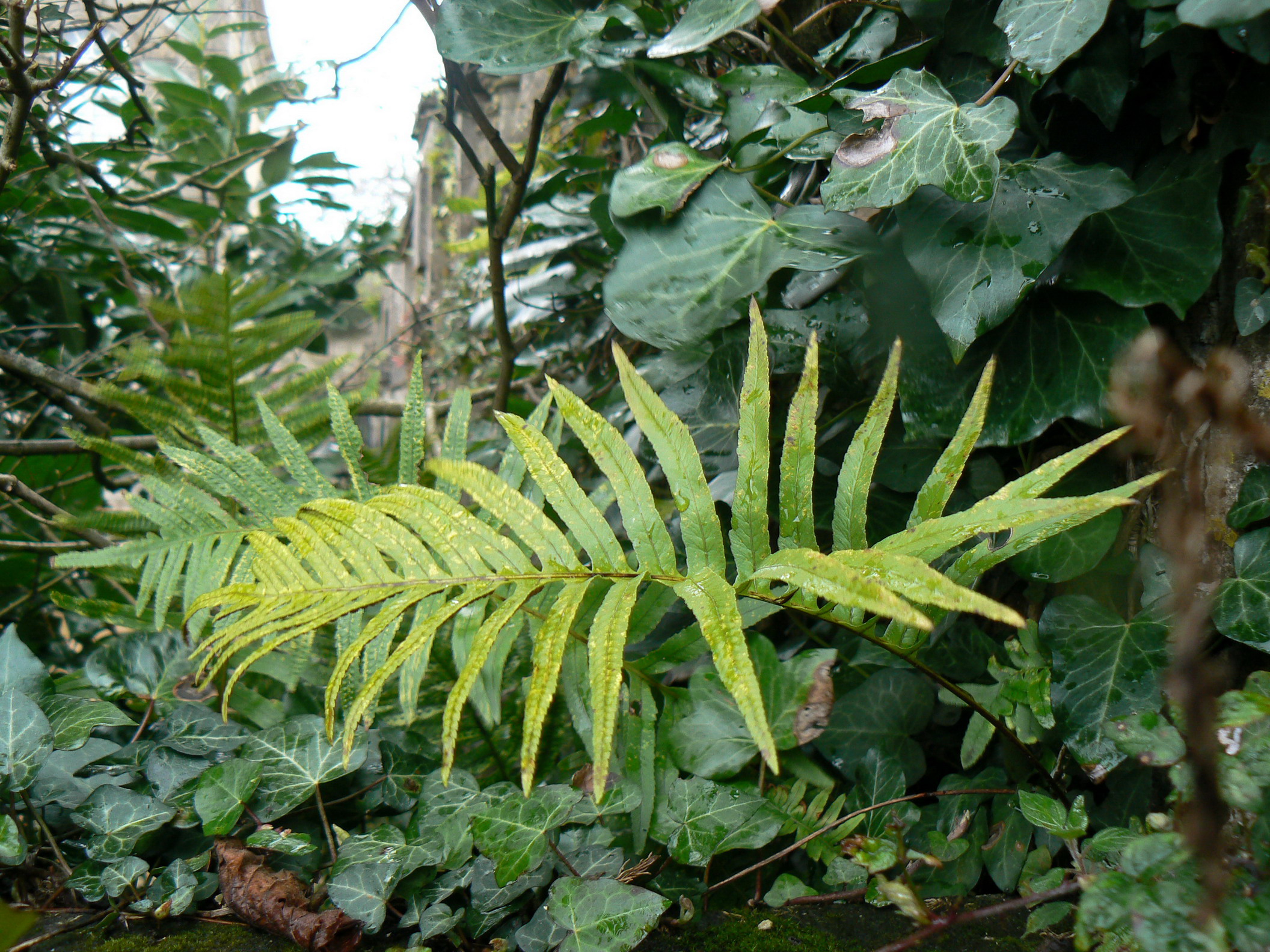Polypodium Cambricum on:
[Wikipedia]
[Google]
[Amazon]

 ''Polypodium cambricum'', the southern polypody, limestone polypody, or Welsh polypody, is a species of fern in the family (biology), family Polypodiaceae, native plant, native to southern and western Europe where it grows on shady rocks, near the coasts of the Mediterranean Basin and in the mountains of Atlantic Europe. It is a spreading, terrestrial, deciduous fern growing to tall, with pinnate fronds. The sorus, sori are yellow in winter.
''Polypodium cambricum'', the southern polypody, limestone polypody, or Welsh polypody, is a species of fern in the family (biology), family Polypodiaceae, native plant, native to southern and western Europe where it grows on shady rocks, near the coasts of the Mediterranean Basin and in the mountains of Atlantic Europe. It is a spreading, terrestrial, deciduous fern growing to tall, with pinnate fronds. The sorus, sori are yellow in winter.

 ''Polypodium cambricum'', the southern polypody, limestone polypody, or Welsh polypody, is a species of fern in the family (biology), family Polypodiaceae, native plant, native to southern and western Europe where it grows on shady rocks, near the coasts of the Mediterranean Basin and in the mountains of Atlantic Europe. It is a spreading, terrestrial, deciduous fern growing to tall, with pinnate fronds. The sorus, sori are yellow in winter.
''Polypodium cambricum'', the southern polypody, limestone polypody, or Welsh polypody, is a species of fern in the family (biology), family Polypodiaceae, native plant, native to southern and western Europe where it grows on shady rocks, near the coasts of the Mediterranean Basin and in the mountains of Atlantic Europe. It is a spreading, terrestrial, deciduous fern growing to tall, with pinnate fronds. The sorus, sori are yellow in winter.
Description
Perennial. Rhizome elongate, often above ground, densely covered with rusty scales. Fronds distich, , glabrous, deltoid in outline; petiole yellowish green, shorter than the pinnatipartite limb. Segments 5-28 on each side; margin dentate, marked with a strong midrib. Sori round, in diameter, orange-yellow, arranged on each side of the midrib of segments. The fruits bloom from February to July.Name
This species has been widely known by the more apt name ''P. australe'' . However, since Linnaeus did mention the species, albeit in the aberrant ''cambricum''-form, that name must have priority.Etymology
''Polypodium'' is derived from the Greek ''Polus'', many, and ''podion'', small foot, since the rhizome bears numerous roots. The Botanical name#Binary name, specific epithet ''cambricum'' means "Welsh", from the Latinized form of ''Cambria, Cymru'', the Welsh name for Wales. ''Australe'' comes from the Latin ''auter'', the wind of the south, for in Europe, this species grows largely in the Mediterranean Basin.Cultivation
Two cultivars have received the Royal Horticultural Society's Award of Garden Merit: *'Cambricum' *'Grandiceps Fox' (Cristatum Group)References
{{Taxonbar, from=Q1389073 Polypodium, cambricum Ferns of Africa Ferns of Asia Ferns of Europe Flora of Lebanon Flora of England Flora of Ireland Flora of Scotland Flora of Wales Plants described in 1753 Taxa named by Carl Linnaeus